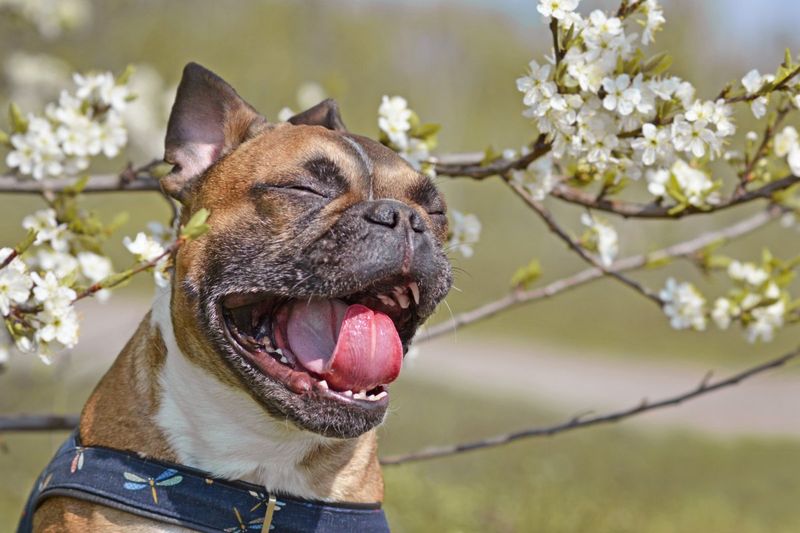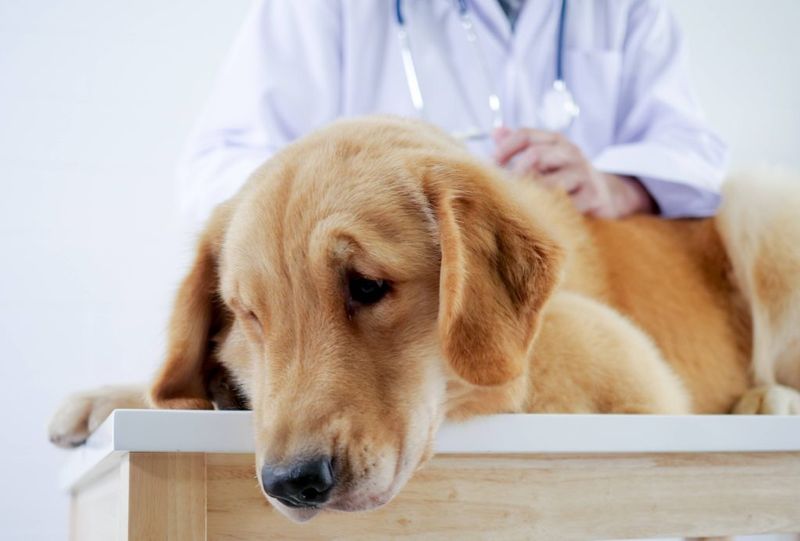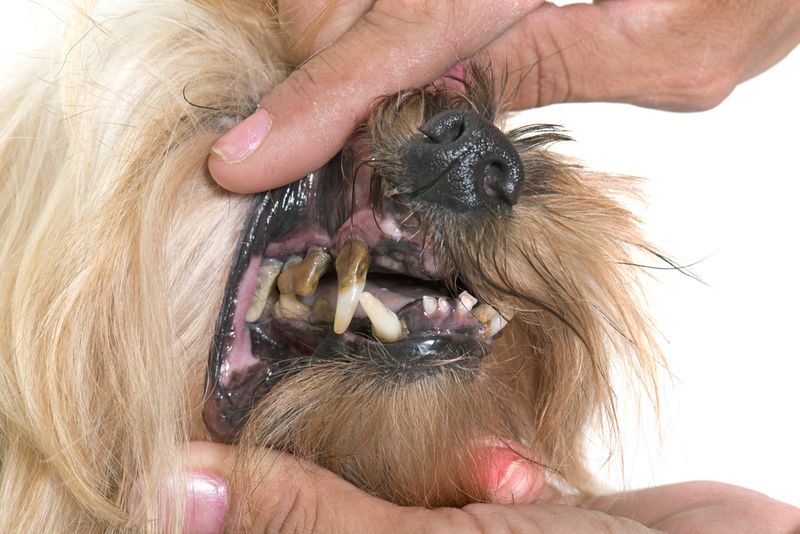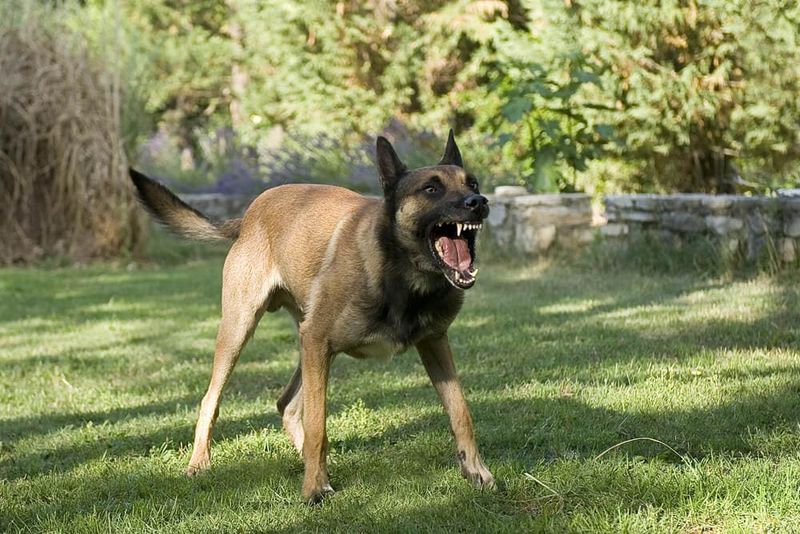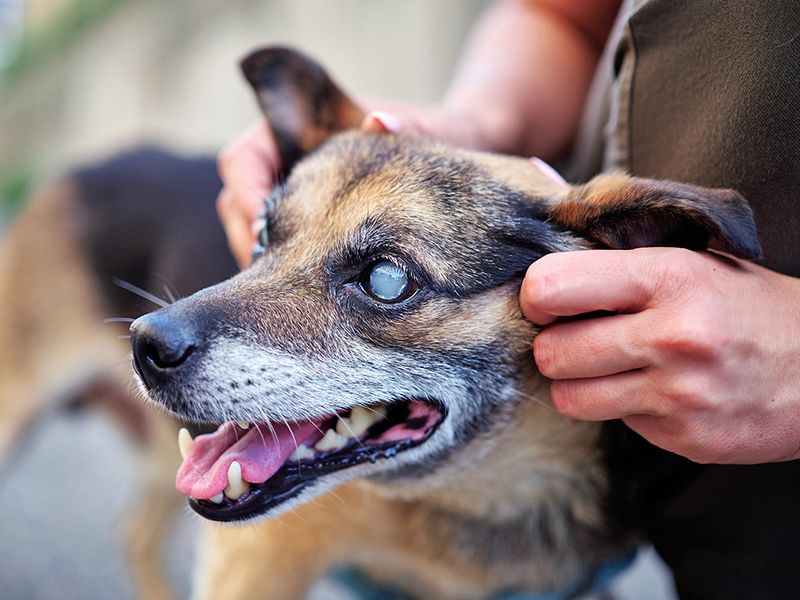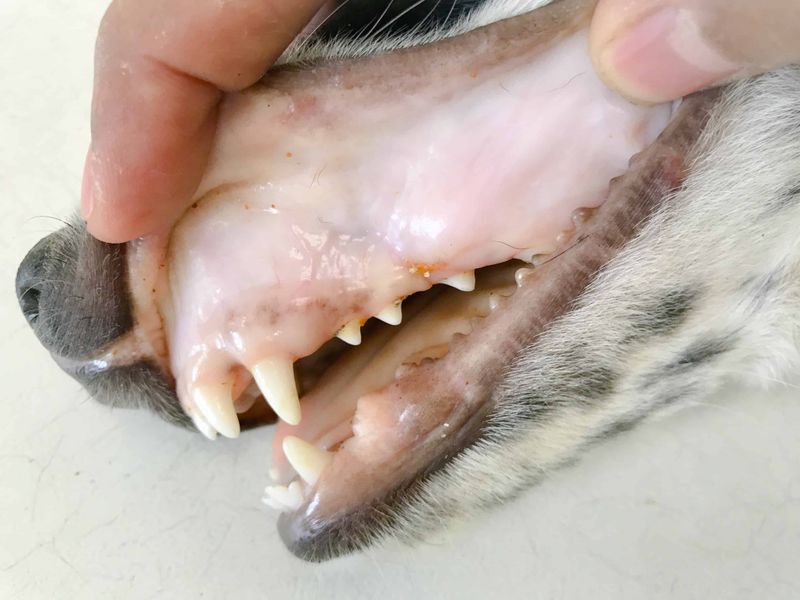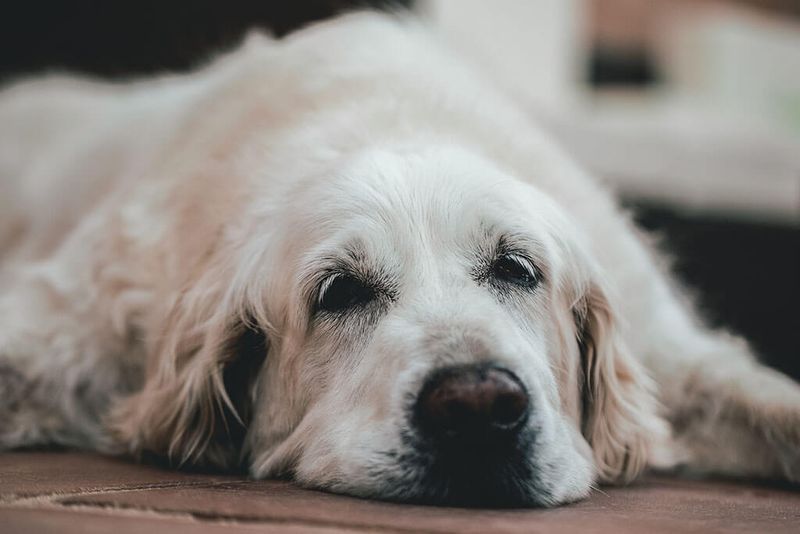Dogs, much like humans, display certain behaviors and signs that indicate something might be wrong. Recognizing these signs early can be crucial in preventing more serious health issues. This article explores 13 warning signs in dogs that I ignored, at my peril, and what I learned from each oversight. Each sign serves as a valuable lesson that could potentially save your pet’s life.
Frequent Sneezing
When your dog sneezes more often than not, it could be more than just allergies. Sneezing is a common reaction to irritants, but frequent episodes might indicate respiratory infections or nasal tumors. In my case, I overlooked my dog’s sneezing bouts, assuming it was a harmless quirk. Little did I know, it was a precursor to a more severe condition that required veterinary attention. Keeping an eye on such symptoms can prevent more significant issues.
Excessive Licking
Dogs lick themselves for grooming, but excessive licking can signal anxiety or an allergy. My dog started licking her paws incessantly, and I thought it was a habit. However, this behavior was a red flag for a skin allergy that worsened over time. Monitoring changes in your pet’s grooming habits may reveal underlying health problems. Addressing these warning signs early can make a significant difference in your pet’s well-being.
Sudden Weight Change
A drastic change in your dog’s weight can indicate serious health issues. When my dog started losing weight rapidly, I assumed it was due to more exercise. However, it was a symptom of an underlying metabolic disorder. Checking with a vet when you notice such changes can prevent potential complications. Regular weigh-ins and a balanced diet are essential to monitor your dog’s health effectively and ensure they live a long, healthy life.
Persistent Bad Breath
Bad breath is often dismissed as normal dog smell, but persistent odor can be a sign of dental issues or digestive problems. I used to think my dog’s bad breath was just part of her charm, until a vet visit revealed severe dental decay. Regular dental check-ups are crucial for maintaining your pet’s oral health. Addressing dental issues promptly can save your dog from pain and potential infections that impact their overall health.
Lethargy and Fatigue
While dogs do enjoy their naps, prolonged lethargy can indicate health problems. My dog was sleeping more than usual, but I attributed it to age. It turned out to be an early sign of hypothyroidism, a condition that affects energy levels. Observing your dog’s activity patterns can help catch such issues early on. Routine veterinary checks can confirm if anything is amiss, ensuring that your pet remains happy and energetic.
Changes in Appetite
A sudden lack of interest in food might indicate gastrointestinal issues or dental pain. When my dog stopped eating her favorite meals, I thought she was just being picky. However, it was a sign of a more serious health concern. Paying attention to your pet’s eating habits can prevent further complications. Consulting with a vet can help identify the cause and ensure your dog receives the necessary care and nutrition.
Unusual Aggression
If a normally gentle dog becomes aggressive, it might be due to pain or discomfort. My dog’s sudden aggression was alarming, as it was so out of character. This behavior was linked to an undiagnosed ear infection causing severe discomfort. Recognizing behavioral changes and addressing them with a vet can uncover hidden health issues. Early intervention can alleviate your pet’s discomfort and restore their usual demeanor.
Constant Itching
Persistent itching might not just be due to fleas; it could signal allergies or skin infections. My dog’s constant scratching seemed harmless until it led to fur loss and skin infections. Identifying the root cause of itching is essential. Regular grooming and vet visits can help manage and treat underlying conditions. This care ensures that your pet’s skin remains healthy and comfortable, free from irritants that disrupt their peace.
Difficulty Breathing
Breathing difficulties in dogs can indicate heart or respiratory diseases. My dog’s occasional wheezing didn’t worry me initially, but it signaled a more serious respiratory issue. Recognizing such signs can prevent life-threatening situations. If your pet struggles to breathe, seeking immediate veterinary care is crucial. Timely intervention can provide relief and prevent further deterioration of your dog’s health.
Eyes Appear Cloudy
Cloudy eyes in dogs could suggest cataracts or other eye conditions leading to blindness. I noticed my dog’s eyes seemed different but assumed it was age-related. However, early detection and treatment can prevent vision loss. Regular vet visits and eye checks are important for maintaining your pet’s ocular health. Addressing eye issues promptly ensures your dog maintains a good quality of life and enjoys exploring their world fully.
Pale Gums
Pale gums can be a sign of anemia or other serious health concerns. I ignored my dog’s pale gums until a vet identified a critical condition needing treatment. Regularly checking your dog’s gums can provide insights into their health. Healthy gums are pink, and any deviation should prompt a vet visit. Catching such signs early ensures that potential issues are addressed before they escalate into more severe health problems.
Frequent Vomiting
Frequent vomiting can indicate gastrointestinal problems or infections. Initially, I thought my dog’s vomiting was due to something she ate, but it was a recurring issue. Recognizing the pattern and seeking veterinary advice is essential to prevent dehydration and further health risks. Maintaining a record of such episodes can help veterinarians diagnose and treat the underlying causes effectively, ensuring your dog receives proper care.
Reluctance to Play
If a playful dog suddenly loses interest in play, it can be a warning sign of pain or illness. My dog’s reluctance to join in games puzzled me until a vet discovered a joint issue causing discomfort. Observing changes in your dog’s enthusiasm for activities can signal when something isn’t right. Prompt action and treatment can restore your pet’s joy and ensure they continue to enjoy their playful nature, free from pain.

